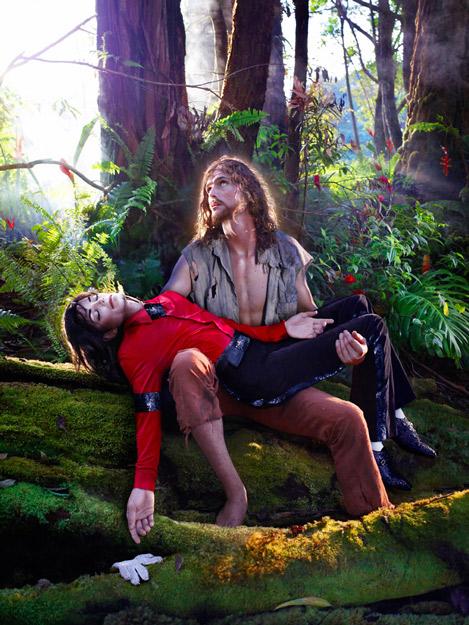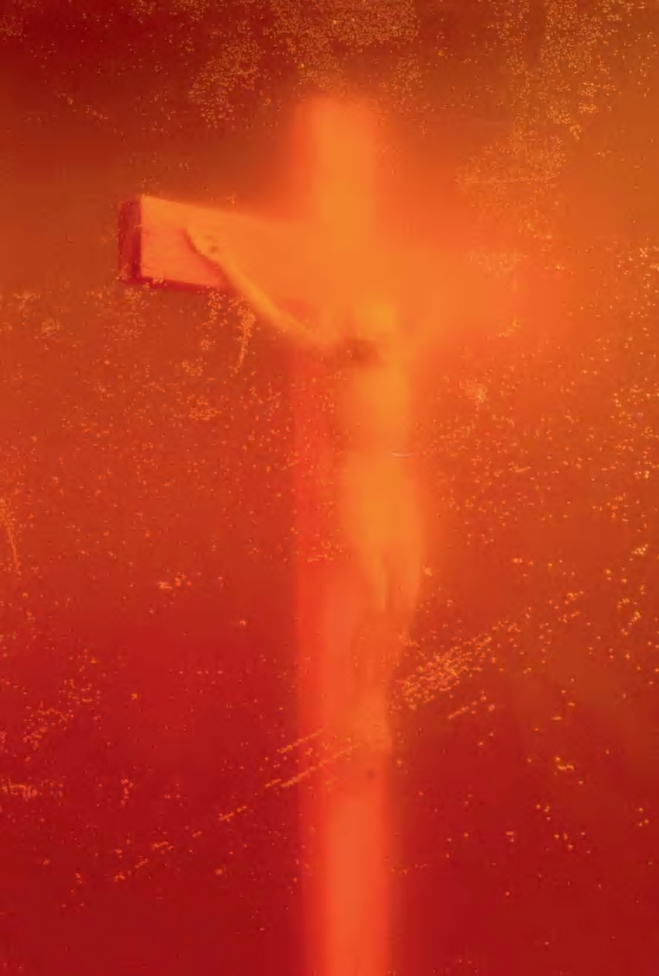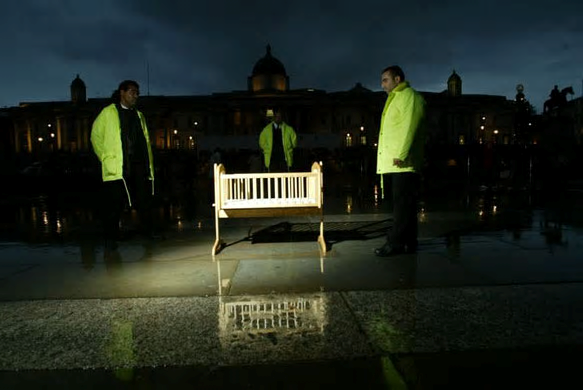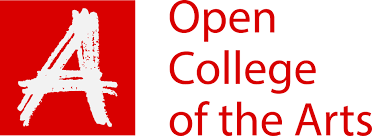Having decided to use a religious motif in my final assignment I felt it necessary to do some research around uses of religion in art photography. The main reason was to ensure I treated the subject with respect and be clear on what I was communicating and why. I did not want to leave the reading of my image to any misunderstanding. Obviously there is always a chance that this may happen, but I wanted to do my best at making sure I read around the subject first.
Religion and Christian iconography has been used in painting for centuries and was an early subject for photography during the time it was copying painting. As photography created its own place in the art world religion has been used in post-modernism as a message against religion. Others have used it to embrace religion and others to challenge it. (Sinclair, 2015).
It appears that incorporating religious motifs or incorporating the likeness of Jesus Christ in art is in itself controversial. It is regarded as blasphemous. A lot of artists are being controversial just to create scandal but others may be making a well researched point from a position of knowledge. The difficulty for the viewing public is to recognise one from the other.

David LaChapelle is a photographer of pop culture and has used Jesus Christ in a number of his images. In one series, American Jesus: Hold Me, Carry Me Boldly, he produced Jesus Christ carrying the body of Michael Jackson in an attempt to highlight the way society treats celebrity and holds them in the same regard as others do religious figures. I can see why this would be controversial to a Christian but can also see that a Michael Jackson fan would be equally outraged.

Andres Serrano, a Christian, also created controversy with his image ‘Piss Christ‘. I feel uncomfortable even including it here but the artist was making a serious point of how society has cheapened the image of Christ and the hypocrisy of followers who twist his words to fit their own purpose. When it was published in 1987 Conservative US senators were outraged. However, having followed US politics very closely over the last two years, I fully understand the artists accusation of hypocrisy amongst decision makers to benefit there own ends. Interestingly the image is conspicuous by its absence on Serrano official website. Maybe he feels it belongs in the past or maybe it has been banned. Certainly combining a likeness of Jesus on the cross submerged in the artists own bodily fluid is a risky decision and one not to be taken lightly.

On a slightly less controversial research point I found an article in The Guardian where a number of contemporary photographers were asked to produce their version of the nativity. The article published in December 2009 (Barnett, 2009)would have been met without too much controversy even though the author of the article was challenging what the nativity meant in a modern, secular society. The image that captured my interest was Mark Wallinger’s Beyond The Stable. Three security guards stand around a cot with a temple like structure in the distant background. The use of light and depth was created an atmospheric feel which I thought I could use for my assignment.
The Glass Magazine produced an article that included an interesting statement;
‘Perhaps some photographers, despite their secular approach to photography, still have lingering doubts about God’s nonexistence. What emerges from the visual act of remembering the spiritual past is often very different from the figuration that emanates from religion’s institutions.‘ (Simpson, 2016)

Not all photographers have a strong position either way and include references that are understood by contemporary audiences. David Adams discusses the position of the agnostic artist being able to question both sides. (Adams, 2013). The use of a photograph to convey ‘truth’ has been a discussion in art photography since its inception. Its use therefore, in challenging the ‘truth’ of religion can meet with serious objections by both sides. An extreme use of art will have no impact on a believer or non-believer. However, a balanced thoughtful image may be better received. As Adams says in his piece that even an atheist can admire the artistic skill and talent of Michelangelo and his painting of the Sistine Chapel ceiling.
References:
Adams, D (2013) Perspectives on truth in art and religion. At: https://www.irishtimes.com/news/social-affairs/religion-and-beliefs/perspectives-on-truth-in-art-and-religion-1.1341178 (Accessed 31 Mar 2018)
Barnett. L (2009) Thoroughly modern mothers: artists reimagine the Christmas nativity scene At: https://www.theguardian.com/artanddesign/gallery/2009/dec/14/artists-christmas-nativity-scenes?picture=356878543
Simpson. C, (2016) From the Glass Archive: The mystic lens – the influence of religion on photography. At: http://www.theglassmagazine.com/the-mystic-lens/ (Accessed on 31 Mar 2018)
Sinclair. L (2015) The groundbreaking artists challenging religion through art. At: http://www.dazeddigital.com/artsandculture/article/28290/1/the-groundbreaking-artists-challenging-religion-through-art (Accessed 31 Mar 2018)
